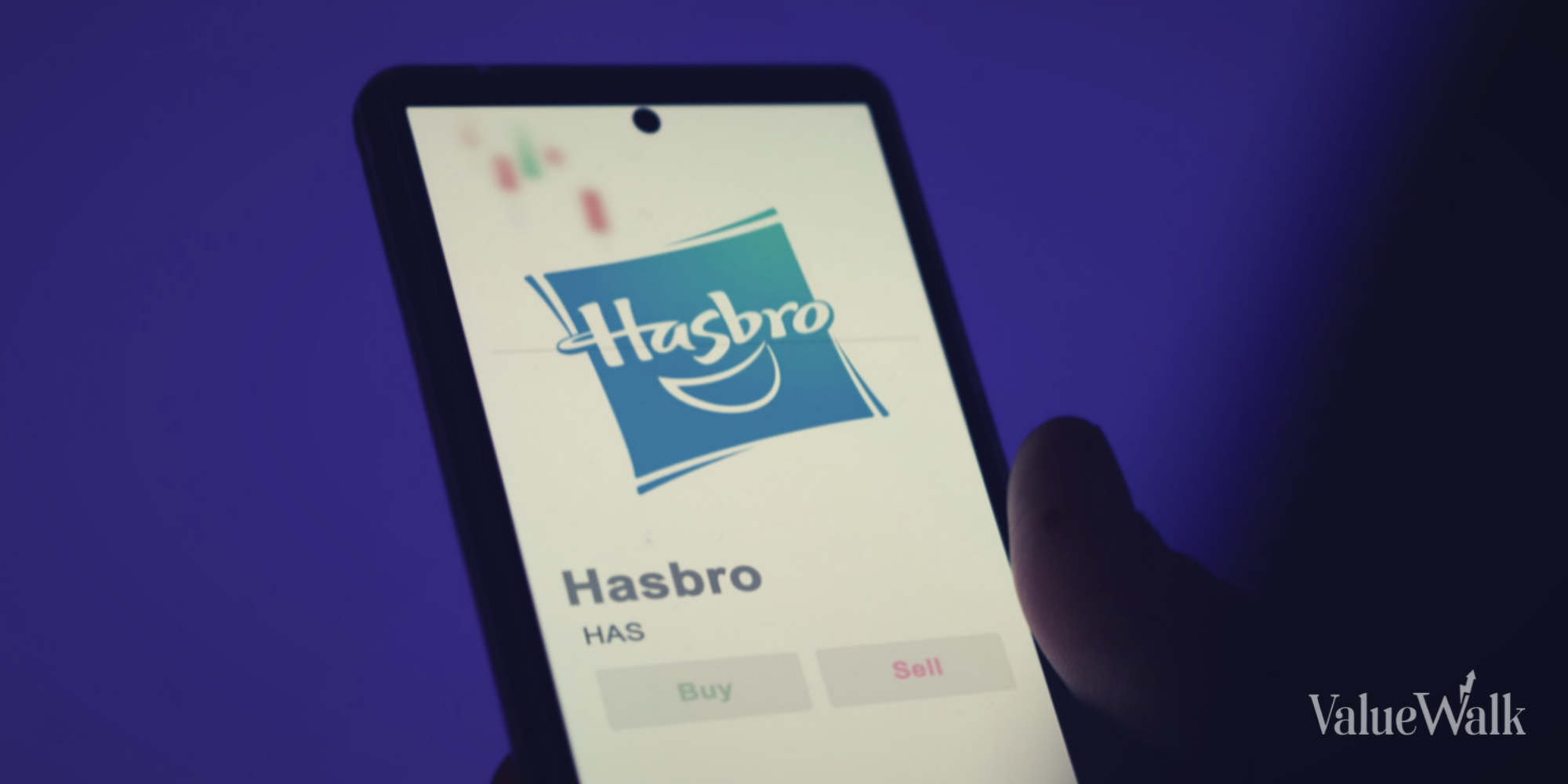A good dividend stock has several key traits, including reliability, stability and consistency. Those traits are typical of companies that have sound management, are well-capitalized, and are among the leaders in their market.
While there are many good dividend stocks available to investors, relatively few are better than JPMorgan Chase (NYSE:JPM). The nation’s largest bank encompasses many of the elements that constitute a good dividend stock, and it has the results to prove it.
13 straight years of rising dividends
JPMorgan Chase just raised its quarterly dividend last month to $1.05 per share, up from $1 per share the previous quarter. This is the 13th consecutive year dating back to 2011 that the bank has increased its dividend on an annual basis. This includes 2020, when many banks either suspended their dividends or reduced them during the COVID shutdowns.
That is where the consistency part comes in, as the bank has been able to deliver rising dividends year after year over the past decade — at a 26% annual growth rate.
There are some other key metrics to consider when examining a dividend stock. One of them is the yield. JPMorgan has a dividend yield of 2.88%, which is above the 1.62% average yield on the S&P 500. The yield is the percentage of the share price that the company distributes in dividends, so the higher the better (in most cases, although in certain situations, an exceptionally high dividend yield can signal potential problems).
Another important metric is the payout ratio. The payout ratio is the percentage of the company’s earnings that are doled out in dividends. JPMorgan Chase has a payout ratio of around 25%, which is in the perfect range.
Unlike the yield, a high payout ratio is not usually good, as it suggests that the company may be investing more than it can afford to sustain its dividend. On the other hand, a lower payout ratio, say, less than 50%, is preferable, as it indicates that the firm can easily fund its dividend while still investing earnings in other areas of growth.
For most companies, a payout ratio in the 25% to 35% range is pretty ideal, and that’s where JPMorgan Chase sits right now.
Fortress balance sheet protects dividend
JPMorgan Chase CEO Jamie Dimon likes to talk about the company’s fortress balance sheet; he references it in almost every earnings report. Dimon’s focus on management efficiency and maintaining lots of capital to weather downturns is one of the things that sets the bank apart.
In fact, it has the lowest efficiency ratio of the major banks, at 50%, which means that its expenses are lower in relation to its revenue. On the other hand, a higher efficiency ratio means a company’s expenses are higher in relation to its revenue.
JPMorgan Chase also has a high common equity tier 1 (CET1) ratio of 13.8% and $1.4 trillion in cash and marketable securities. The CET1 ratio is a measure of liquidity, and 13.8% is well beyond the required regulatory minimum. This allows JPMorgan Chase to continually fund its dividend while investing in its growth, like by purchasing the assets of the failed First Republic bank earlier this year.
On top of the strong and reliable dividend, JPMorgan also has posted solid returns. It is up almost 9% year to date, outperforming its peers by a wide margin as they are all in negative territory. The bank’s capital strength, management and diversity of revenue streams as the market leader are big reasons for that, and the excellent dividend is a nice added benefit.





